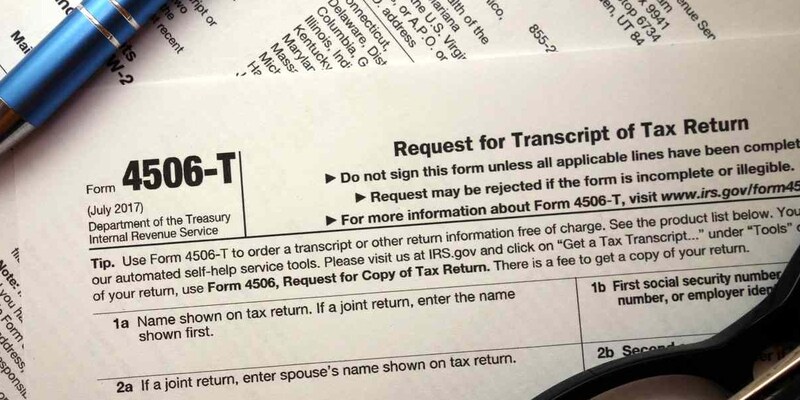Master Day Trading with Under $25K: Practical Strategies Unveiled!
So, you've heard about day trading but are hesitant to jump in because you think you need a hefty sum of money to get started? Think again! Contrary to popular belief, you don't need a small fortune to dip your toes into the exciting world of day trading. In fact, with less than $25,000, you can start day trading and potentially see significant returns. Let's explore how you can make the most of your limited funds and become a successful day trader.
What Is Day Trading?
Day trading embodies a dynamic and thrilling method of engaging with financial markets. It revolves around the swift buying and selling of diverse financial instruments, be it stocks, currencies, options, or commoditiesall within the confines of a single trading day. In contrast to conventional investing, characterized by long-term asset holding, day traders aim to exploit fleeting price fluctuations for immediate profit gains.
The main objective of day trading is to capitalize on minute price shifts within the trading session. Day traders commonly utilize technical analysis, chart patterns, and market indicators to pinpoint potential trading prospects. They engage in numerous daily trades, frequently utilizing margin accounts to increase their buying capacity.
What Are the Rules for Day Trading With Less Than $25,000?
Day trading with less than $25,000 comes with rules and regulations primarily to protect traders and maintain market stability. These rules, established by regulatory bodies such as the U.S. Securities and Exchange Commission (SEC) and the Financial Industry Regulatory Authority (FINRA), outline specific requirements and restrictions that traders must adhere to. Let's delve deeper into these rules to gain a comprehensive understanding:
Maintaining a Minimum Account Balance:
The most well-known rule for day trading with less than $25,000 is maintaining a minimum account balance of $25,000. This rule applies to cash and margin accounts and ensures that day traders have sufficient funds to cover potential losses and meet margin calls. You may face trading restrictions and penalties if your account balance falls below this threshold.
Utilizing Cash Accounts:
While the $25,000 minimum balance requirement is a significant hurdle for many traders, utilizing cash accounts is an alternative approach. Unlike margin accounts, cash accounts do not allow traders to borrow funds from their broker to trade. While this limits the leverage available, it also eliminates the need to maintain a minimum balance. With a cash account, traders can engage in day trading without worrying about meeting the $25,000 threshold.
Adhering to the Three-Day Trade Limit:
Even if your account balance is below $25,000, you can still engage in day trading. However, it's essential to be aware of the three-day trade limit. This rule stipulates that if you execute four or more day trades within five business days, you'll be classified as a pattern day trader subject to the $25,000 minimum balance requirement. It's crucial to monitor your trading activity closely and avoid exceeding this limit to avoid potential penalties.
Understanding the Risks:
Day trading with less than $25,000 carries inherent risks, including market volatility, sudden price fluctuations, and emotional trading. Recognizing these risks and taking steps to mitigate them effectively is essential. This includes implementing sound risk management strategies, such as setting stop-loss orders, diversifying your portfolio, and avoiding over-leveraging.
Additionally, continuous education and staying informed about market trends can help you make informed trading decisions and reduce the likelihood of significant losses.

What Is a Pattern Day Trader?
A pattern day trader refers to an individual who conducts four or more day trades within a span of five business days, utilizing a margin account. This categorization holds importance as it initiates specific regulatory obligations outlined by the U.S. Securities and Exchange Commission (SEC) and the Financial Industry Regulatory Authority (FINRA).
Day Trade Definition:
To be considered a pattern day trader, one must engage in day trading, which involves buying and selling financial instruments within the same day. Day trades are typically executed using margin accounts, allowing traders to leverage their capital to increase potential returns.
Frequency of Trades:
The distinguishing feature of a pattern day trader is the frequency of their trading activity. Specifically, they must execute four or more day trades within a rolling five-business-day period. It's important to note that both opening and closing trades count towards this threshold.

Benefits of Being a Day Trader
With its dynamic nature and potential for quick profits, day trading offers several benefits to traders willing to embrace its challenges. Let's delve into some of the key advantages of being a day trader:
Potential for High Returns:
The allure of day trading lies in its promise of substantial returns. Unlike the prolonged wait in long-term investments, day traders seek to exploit fleeting price fluctuations, enabling them to reap profits within hours or even minutes. Armed with effective strategies and impeccable timing, day traders stand to gain significant returns on their investments.
Flexibility and Independence:
Day trading offers unparalleled flexibility and independence compared to traditional forms of employment. As a day trader, you can set your schedule and trade anywhere worldwide as long as you have an internet connection. This flexibility appeals to individuals seeking autonomy and control over their work-life balance.
Ability to Profit in Any Market Condition:
Unlike long-term investors who may struggle during market downturns, day traders can profit in both bullish and bearish market conditions. Whether the market is trending upwards, downwards, or sideways, day traders can capitalize on price movements and generate profits. This versatility is a significant advantage in an ever-changing market environment.
Conclusion
In conclusion, day trading with less than $25,000 offers a pathway to financial independence and potential wealth accumulation. By understanding the rules, managing risks, and embracing the benefits, aspiring day traders can confidently navigate the markets and potentially achieve significant returns on their investments. From the flexibility and independence it provides to the ability to profit in any market condition, day trading offers a unique and rewarding experience for those willing to take on the challenge.












